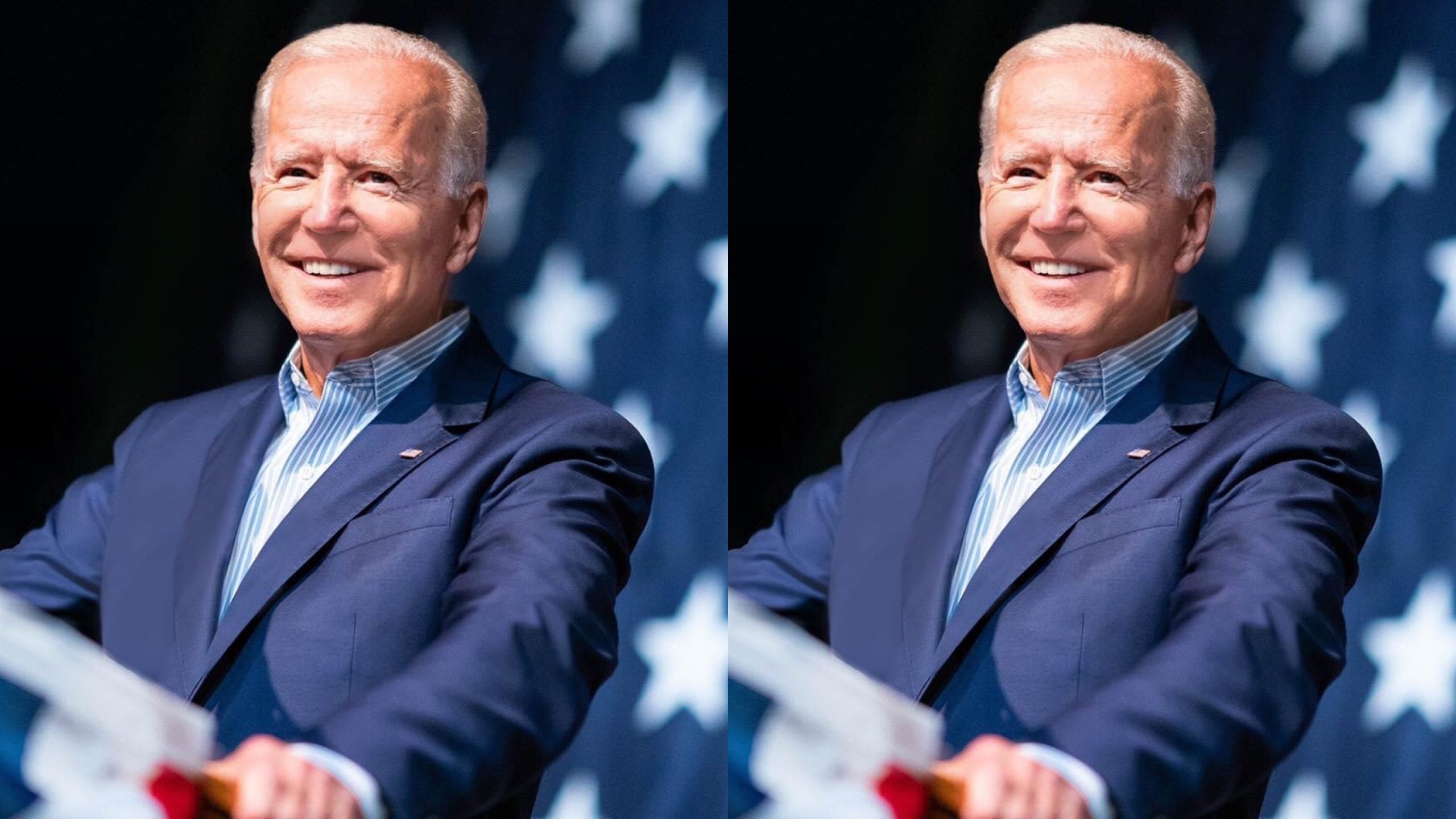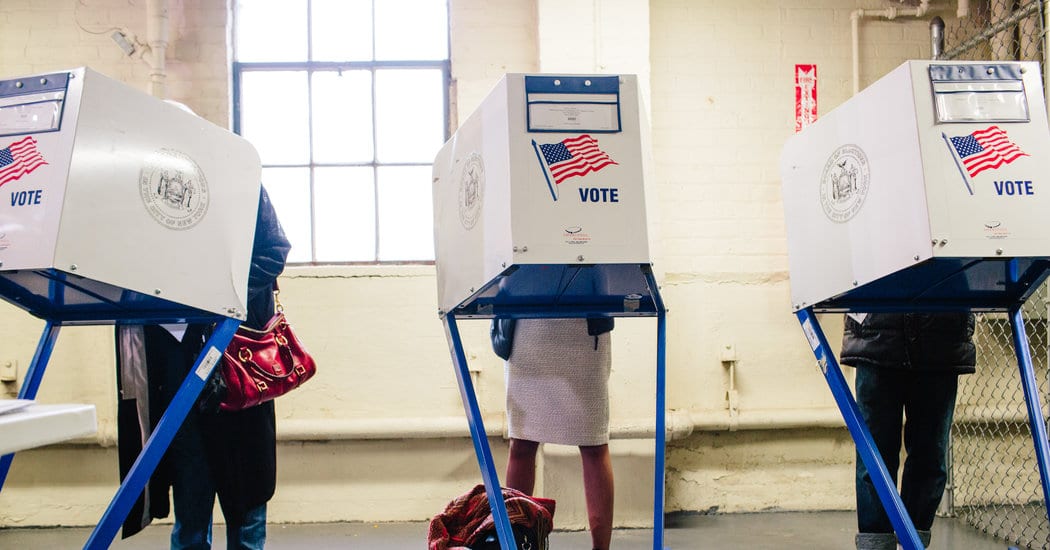[ad_1]
Prison gerrymandering is the process by which the population count of communities with correctional facilities is skewed or manipulated because of how incarcerated people are counted in the decennial census. Since 1790, the Census Bureau has counted incarcerated people as residents of the communities that they are incarcerated within as opposed to counting them as residents of the communities that they last lived in before they were detained. The result is an illusion in which “prison towns,” often fairly small, predominately white rural areas that lie far away from the neighborhoods many incarcerated people hail from, are more densely populated than they actually are. Meanwhile, neighborhoods that are heavily policed and have high rates of incarceration lose a significant amount of their population in the census count. This creates further disparities in how census counts determine resource allocation for these communities
Given the transitory nature of so many people’s lives, the census determines where people will be counted based on what their “usual residence” is, with that being defined as “the place where a person lives and sleeps most of the time.” These include households or group quarters, the latter of which includes places like college dorms, group homes, shelters, nursing homes, hospitals, and prisons. While in some cases this demarcation between institutional living spaces and individual households is useful, it has not gone without scrutiny.
In 2015, the Census Bureau made an open call to the public for comments on whether their housing rules should be altered for the upcoming 2020 census. Almost 100% of the 77,995 comments were exclusively about how incarcerated people should be counted. There were 77,863 comments in support of changing the rules and having incarcerated people counted in their home communities.
In 2018, the Census Bureau announced that despite this overwhelming public support for counting incarcerated people in their home communities, the Bureau would not be changing their protocol in the 2020 census, which just kicked off nationwide this April.
The Bureau’s unwillingness to reconsider how they define “usual residences” for incarcerated people suggests deep misconceptions about the nature of incarceration and how it differs from other forms of institutional living. Other populations that the census defines as living in “group quarters” include college students, missionaries, those living in group homes, and those who are hospitalized—populations who have varying levels of mobility but still can engage with and benefit from the resources their presence helps to fund. They also get to actively participate in shaping the political landscape of the communities in which they reside in one powerful way that is denied to the overwhelming majority of incarcerated people: by voting.
Outside of the false equivalency that is drawn between those who are incarcerated and those who live in other types of institutions, the application of “usual residences” for correctional facilities also obscures the fact that once incarcerated people complete their sentences, they will often return to the communities that they called home before their incarceration. These are communities that will need robust resources to help them reestablish their lives, but the loss of their count during the time of their incarceration will have drained those communities from the very resources, funding, and representation that will be most critical.
Prison Policy Initiative has been advocating against prison gerrymandering since 2001 and has been active in both gathering data that reveals the harms of the practice and pushing state legislation to ban it. They argue that one of the main flaws in the Census Bureau’s application of usual residences for incarcerated populations is that it ignores the scope of mass incarceration in the United States. While counting people in the facilities that they were incarcerated in may not have made a significant change in the demographics of different districts decades ago, the prison construction boom and accelerated increase in incarceration throughout the ‘80s and ‘90s means that hundreds if not thousands of people are displaced and unaccounted for in neighborhoods across the country.
According to the Brennan Center for Justice, between 1991 and 2000 a new facility was constructed in a rural area every 15 days. This massive prison construction boom dramatically shifted population counts to these rural areas and away from the largely metropolitan centers that many incarcerated people had previously lived in. It’s a phenomenon that continues to shape the demographics of communities in the present day. In New York state, for example, 91% of all incarcerated individuals are detained in facilities located in upstate, rural areas even though 66% of those people are from New York City.
Given the Bureau’s decision to maintain their protocol around counting incarcerated populations, advocates against prison gerrymandering have had to work on the state and local level to make crucial changes to the count. States are able to implement their own redistricting processes and in 2018, the Bureau announced that they would assist states who wish to adjust their 2020 census counts and reallocate their incarcerated populations back to their pre-incarceration addresses.
While this state-based approach to dismantling prison gerrymandering must be done piecemeal, there has been rapid success. On March 23, Colorado Gov. Jared Polis signed a bill into law that would ensure that people incarcerated in Colorado state prisons would be counted as residents of their home communities when new district lines are drawn.
According to the Prison Policy Initiative, in past years, when Colorado used official census data to draw their legislative lines, three state districts had populations where people in prison accounted for 12%, 8%, and 5%. That means that these districts were bolstered up with sizable percentages of people who could not vote, who would not reap the benefits of community resources, and who would likely not stay there once their sentences ended.
With the passage of the bill, Colorado joins California, Colorado, Delaware, Maryland, Massachusetts, Michigan, Nevada, New Jersey, New York, Tennessee, Virginia, and Washington in ending prison-based gerrymandering. Other states from Minnesota to Louisiana to Pennsylvania have also been pushing similar legislation.
The correlation between the census count and the provision of resources, representation, and ultimately power, is what often makes the census’ rule around how incarcerated people are counted particularly devastating for the communities from which they come from and beneficial for towns that house correctional facilities. It is essential for census data to be collected in a way that provides accurate information without further entrenching systemic imbalances.

















